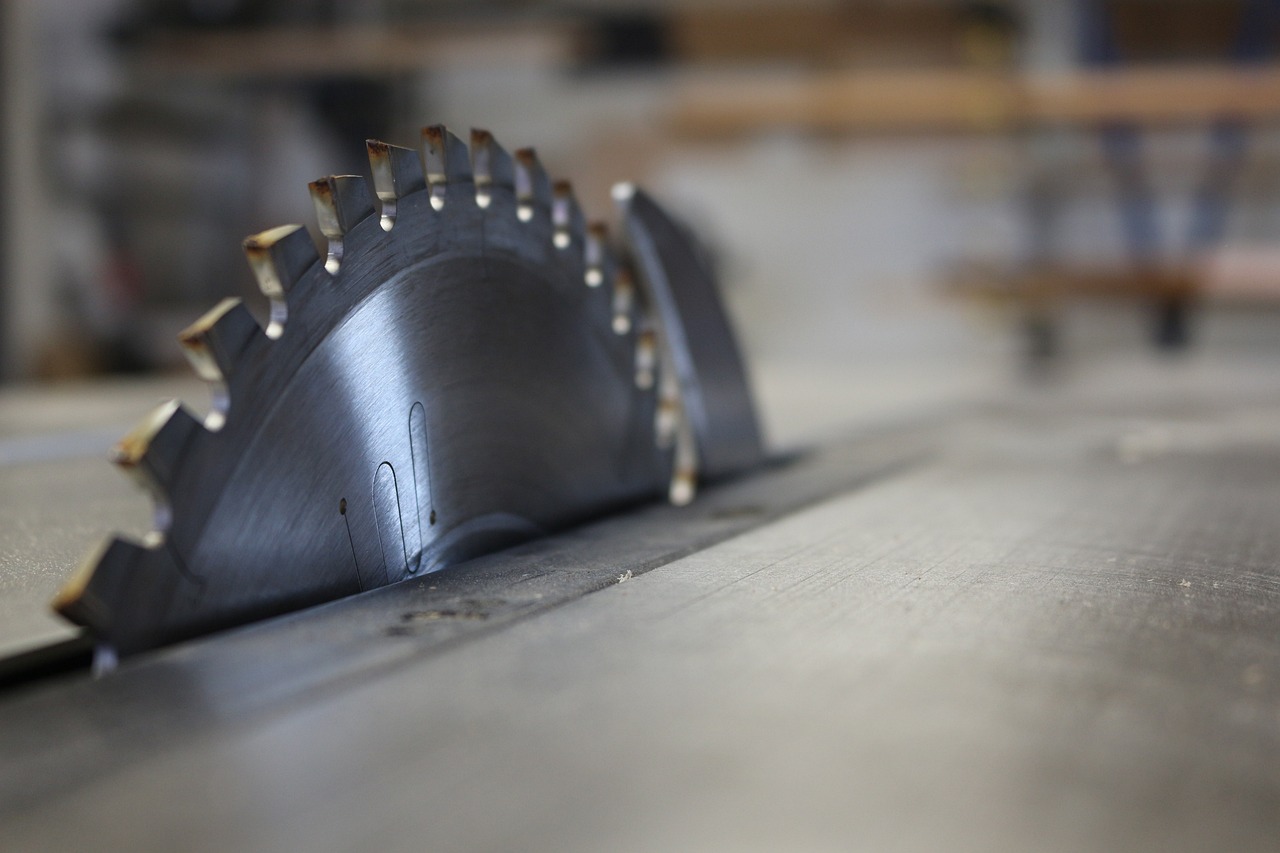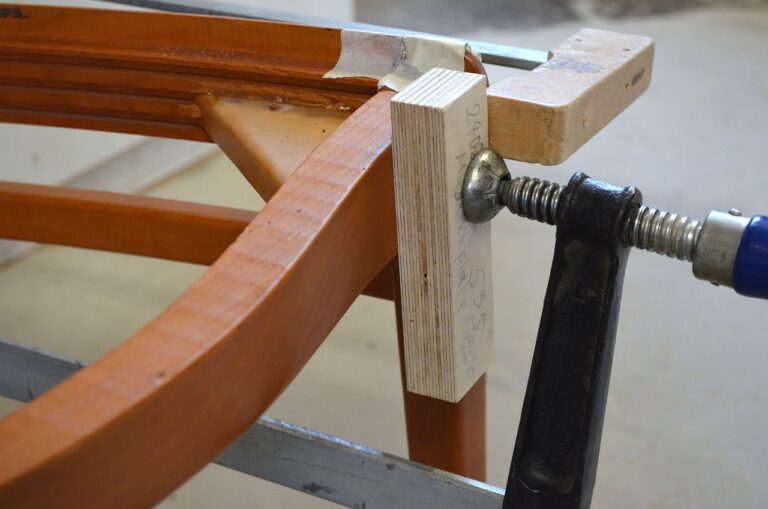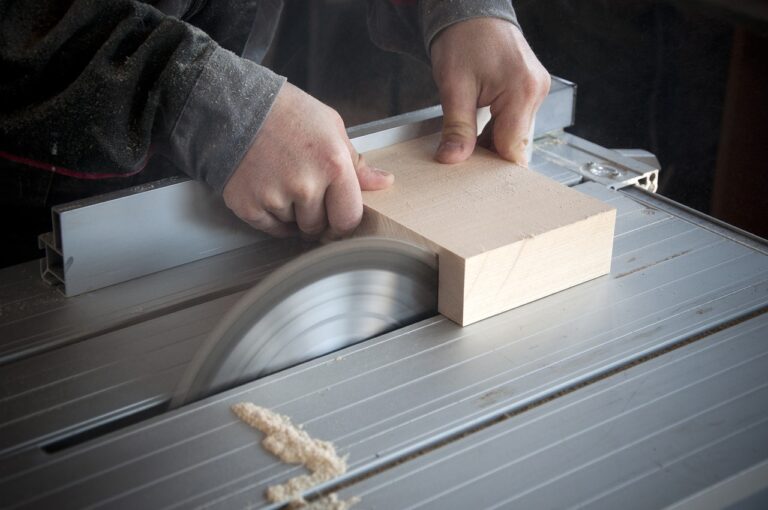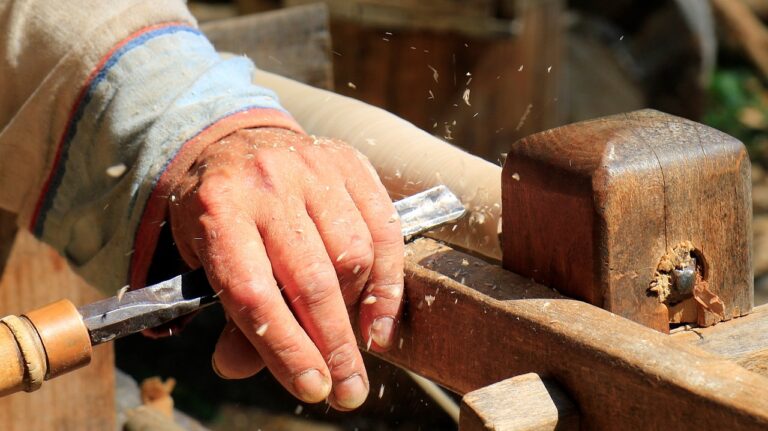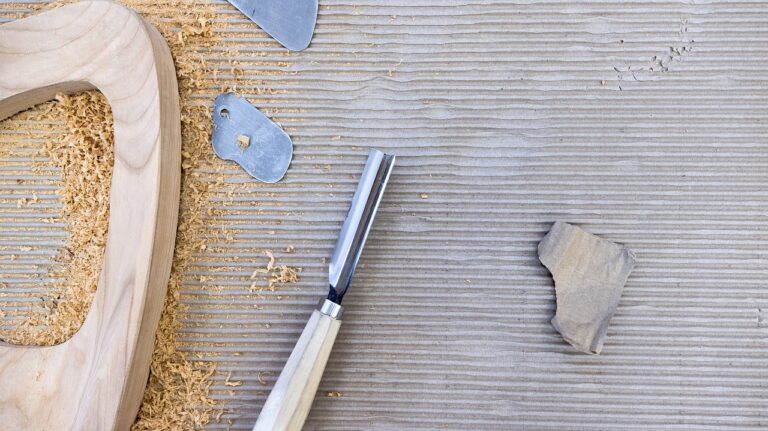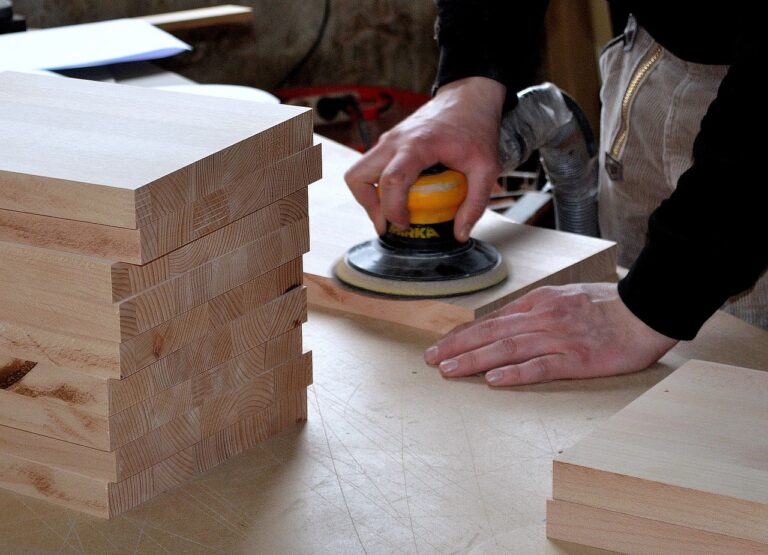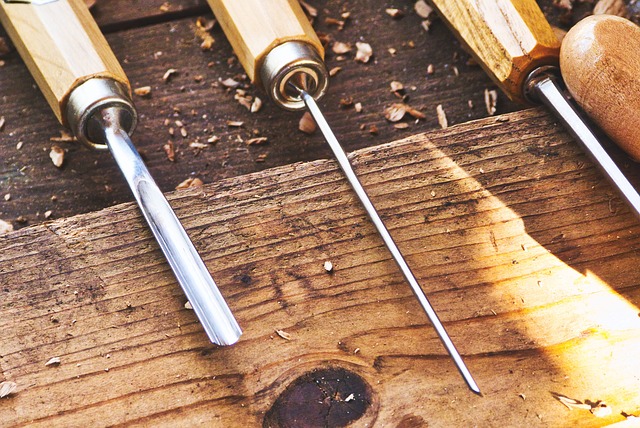Woodworking Secrets: Tips for Beginners to Create Quality Pieces
Woodworking is an ancient art that has enchanted generations with its ability to transform raw wood into magnificent and functional pieces. If you are a beginner enthusiastic about diving into this creative world of woodworking, this article is an essential guide for you. Here, we’ll explore the secrets of woodworking and provide practical tips to ensure your initial pieces are of impressive quality.
Table of Contents
The Enchantment of Joinery
Woodworking is much more than just cutting and joining pieces of wood. It involves a combination of technical skill, creativity and passion. The ability to turn an idea into a tangible piece is truly magical and rewarding.
Carpentry is an ancient art that involves the creation of furniture and wooden objects made by hand or with the help of specialized tools and machines. The charm of carpentry is intrinsically linked to the carpenters’ ability to transform pieces of wood into functional and aesthetically appealing pieces. Here are some aspects that contribute to the charm of woodworking:
- Crafts : Carpentry is a craft that values manual skill and attention to detail. Each piece is unique and made with care and dedication.
- Wood as a raw material : Wood is a versatile and natural material that has a unique beauty. Choosing the right wood and the way it is worked are fundamental to the final result.
- Custom design : Woodworkers often create custom pieces to meet their clients’ specific needs. This means that each project is individually adapted, resulting in unique and functional furniture.
- Tradition and innovation : Although woodworking is a traditional practice, woodworkers also incorporate modern techniques and innovations to improve the efficiency and quality of their creations.
- Longevity : Quality furniture made by woodworkers has a reputation for lasting for generations. This adds to the charm of woodworking, as the pieces can become part of a family’s history.
- Sustainability : Woodworking can also be environmentally conscious, as wood is a renewable resource. Many woodworkers opt for sustainably sourced wood and environmentally friendly manufacturing practices.
- Creativity : Woodworking allows artisans to express their creativity through design and the choice of decorative details such as carvings, marquetry and finishes.
- Functionality and beauty : Furniture and joinery objects are designed to be functional, but also to add beauty to the spaces where they are placed.
- Cultural heritage : In many cultures, woodworking is a tradition passed down from generation to generation, which adds an element of cultural heritage to the charm of the practice.
- Personal satisfaction : For professional woodworkers and DIY enthusiasts alike, woodworking provides great personal satisfaction in creating something tangible with your own hands.
In short, the charm of carpentry lies in the combination of craftsmanship, use of wood as a raw material, personalized design, tradition, innovation, sustainability and the ability to create pieces that are functional and beautiful at the same time. It is an art form that continues to enchant people around the world.
Preparation and Planning
Before you grab your tools, it’s essential to do some solid planning. Define what you want to create, whether it’s a small piece of furniture, a shelf or even a decorative piece. Consider the dimensions, style, and function of the piece. This not only helps you visualize the end result, but also determines the correct quantities of materials needed.
Choosing the Right Wood
Choosing the right wood is one of the most important aspects in carpentry, as it significantly influences the appearance, durability and quality of the final piece. Here are some points to consider when choosing the right wood for a woodworking project:
- Project Purpose : The first step is to determine what the woodworking object will be used for. This will influence the choice of wood. For example, harder woods are ideal for furniture that needs to support weight, while lighter woods can be used in decorative projects.
- Wood Hardness : Wood hardness is measured on different scales like the Janka Hardness Scale. Harder woods, like oak and walnut, are ideal for furniture that needs to withstand wear and tear, while softer woods, like pine, can be used for lighter projects.
- Appearance : The appearance of the wood, including its color, texture and grain pattern, is an important factor in choosing. Some projects may benefit from woods with distinct grains, while others require a more uniform appearance.
- Availability : The availability of wood in your region may affect your choice. It is important to choose wood that is easily obtained to avoid project delays.
- Budget : The cost of wood varies significantly depending on the species and quality. It is important to choose wood that is within your budget.
- Durability : In addition to hardness, consider the wood’s resistance to decay from insects, fungi and moisture. Some woods, like cedar and teak, are naturally resistant to these problems.
- Wood Treatment : Some wood can be treated to improve its durability and resistance to external agents. Consider whether you want to treat the wood with chemicals or finishes.
- Sustainability : Concerning about the sustainable origin of wood is important for many woodworkers. Check if the wood chosen has sustainable forest management certification, such as FSC (Forest Stewardship Council).
- Ease of Working : Some woods are easier to work with than others. If you are new to woodworking, it may be wise to choose a wood that is easier to manage.
- Combination with Other Materials : If your project involves combining wood with other materials (glass, metal, etc.), take into consideration how these materials complement each other in terms of appearance and functionality.
By considering these factors and choosing the right wood for your woodworking project, you will increase your chances of achieving a satisfactory end result in terms of aesthetics, durability and functionality.
Suitable Tools
Having the right tools is one of the secrets to success in woodworking. A basic set of tools includes saws, chisels, planes, hammers, tape measures, and handsaws. Invest in quality tools, as they not only make the job easier, but also guarantee more accurate and professional results.
Measurement and Accuracy
Precision is essential in woodworking. Well-measured and precisely cut pieces fit together perfectly, resulting in robust, well-finished furniture. Use a trusty tape measure and mark your cutting lines with a pencil. Remember the famous phrase: “Measure twice, cut once.”
Cutting and Joining Techniques
In carpentry, cutting and joining techniques are fundamental to creating well-constructed and durable wooden pieces. Here are some of the most common cutting and joining techniques used by woodworkers:
Cutting Techniques:
- Sawing : Saw cutting is one of the most basic techniques in woodworking. There are different types of saws such as circular saws, back saws, band saws and miter saws which are used to cut wood in various directions and angles.
- Jigsaw : This is a portable electric saw used for curved and intricate cuts. It is very useful for cutting decorative shapes into wooden pieces.
- Miter Saw : This saw is used to cut precise angles in wood, making it ideal for moldings and pieces that require precise fits.
- Circular Saw : The circular saw is used for straight cuts in wooden boards and panels. It is a common tool in construction and woodworking projects.
- Back Saw : This saw is used for precise cuts and is suitable for dovetail work such as dovetail joints.
- Planer : Planer is used to level and smooth the surface of wood. There are manual and electric planers available.
Joining Techniques:
- Dovetail Joining : This is a strong, decorative joining technique commonly used on drawers and boxes. Dovetail fittings have a “dovetail” shape that fits perfectly into “dovetail boxes”.
- Mortise and Tenon Joint : This technique involves creating a rectangular mortise (tenon) in one piece of wood that fits into a corresponding hole (mortise) in another piece. It is widely used in furniture and wooden structures.
- Butt and Tenon Joint (Nail and Hole Joint) : In this technique, a tenon-shaped mortise is inserted into a corresponding hole. It is common in box and drawer joinery.
- Half-Wood Joint (Dovetail Joint) : Two pieces of wood are cut so that a portion of the thickness of each piece is removed, creating a strong joint when the pieces are fitted together.
- Gluing Joints : Glue is a common technique for joining wooden pieces. Strong glues, such as polyurethane-based glues, are often used. Joints can be reinforced with screws, nails or staples until the glue dries.
- Finger Joints : This technique creates a series of interconnected “fingers” on two pieces of wood that fit together perfectly. It is common in boxes and drawers.
- Butt Joint : In this technique, the ends of the wooden pieces are simply joined perpendicularly. It is usually used with reinforcements such as screws or nails.
- Miter Joints : The ends of the wooden pieces are cut at an angle and joined together to form a 45-degree corner. It is common in moldings and furniture corners.
The choice of joining technique depends on the project, the desired characteristics and the joiner’s skill level. Each technique has its advantages and disadvantages and requires specific tools. Precision and attention to detail are essential to creating strong, aesthetically pleasing joints in woodworking projects.
Sanding and Finishing
After cutting and joining the pieces, sanding comes into play. Sanding wood smoothes surfaces, removes imperfections and prepares the piece for finishing. Use sandpaper of different grain sizes, starting with a coarser one and progressing to finer ones. This will result in a smooth, pleasant touch.
Cautious Assembly
Assembly is the stage where all the individual parts finally become a complete part. Follow the instructions carefully, whether using nails, screws or glue. Make sure all joints are tight and the piece is level. Small details make a big difference.
Safety Care
Safety is an aspect that cannot be neglected in carpentry. Always wear protective equipment, such as safety glasses and ear protectors. Keep your hands away from moving blades and work in a well-lit and ventilated environment.
Patience is a Virtue
Remember that woodworking is a skill that takes practice and patience to master. Don’t be discouraged if your first projects don’t go exactly as planned. Each piece is an opportunity to learn and improve.
Conclusion
Woodworking is an incredibly rewarding journey, filled with exciting discoveries and challenges. By following the secrets and tips mentioned in this guide, beginners can create stunning quality pieces right from the start of their journey. Remember, the key is preparation, practice, and continued dedication to improving your skills. Now, grab your tools and start turning your vision into reality through woodworking!

